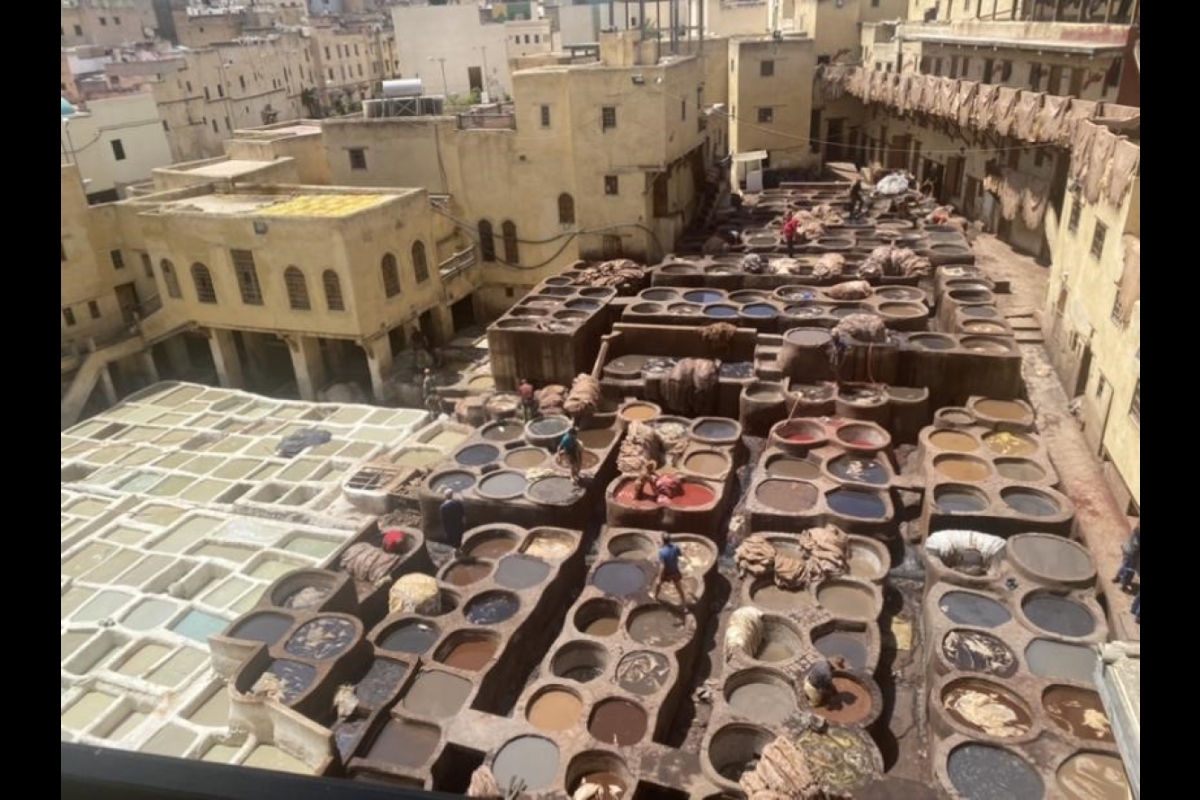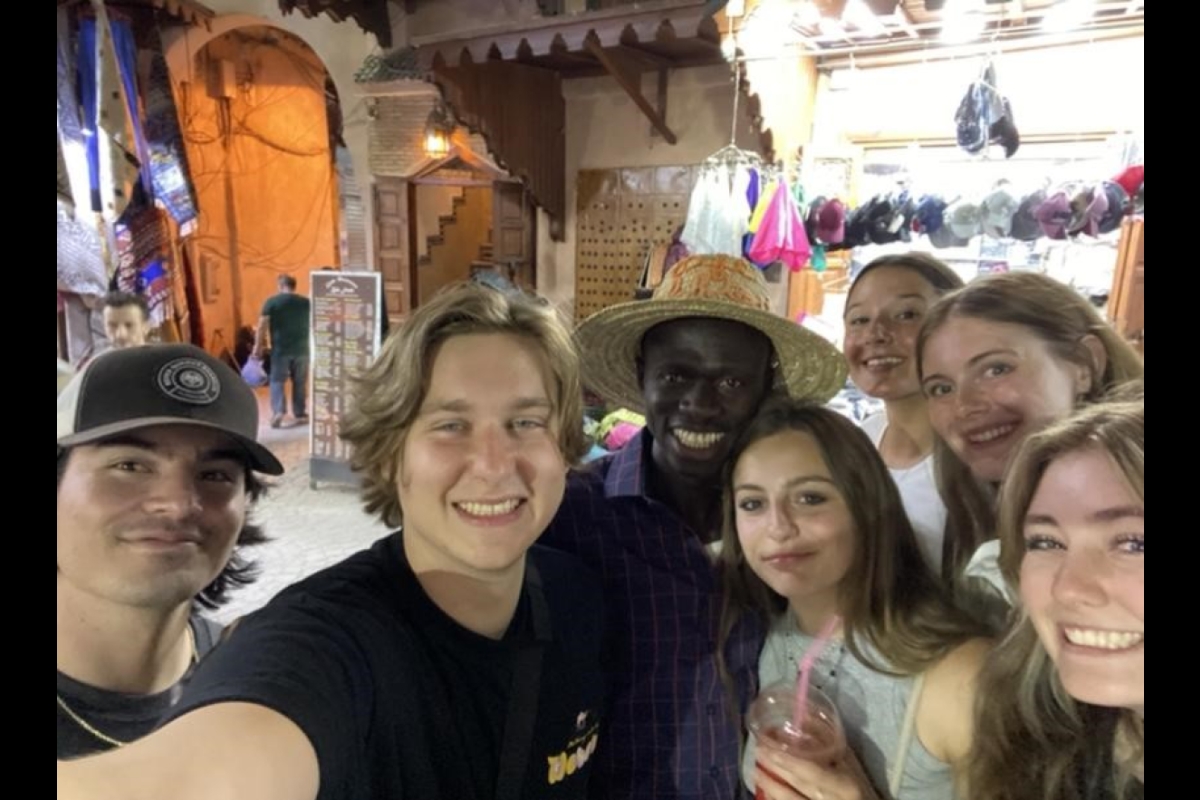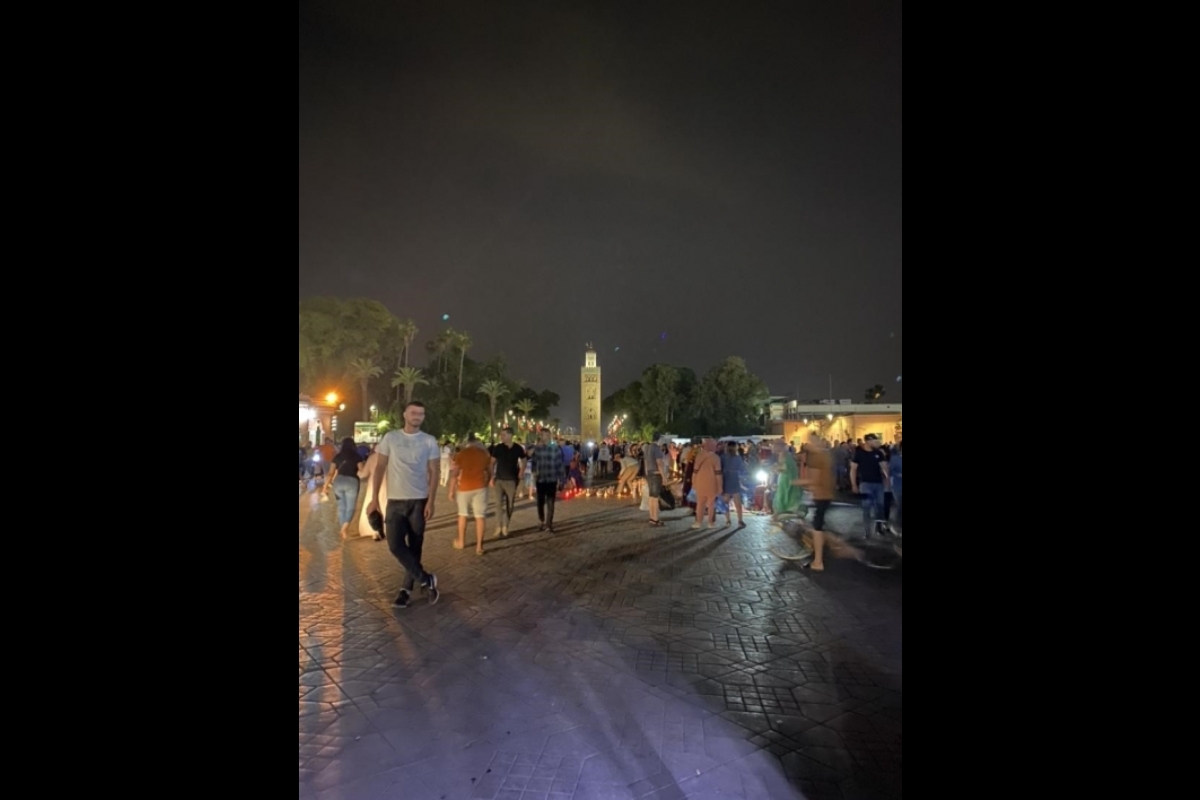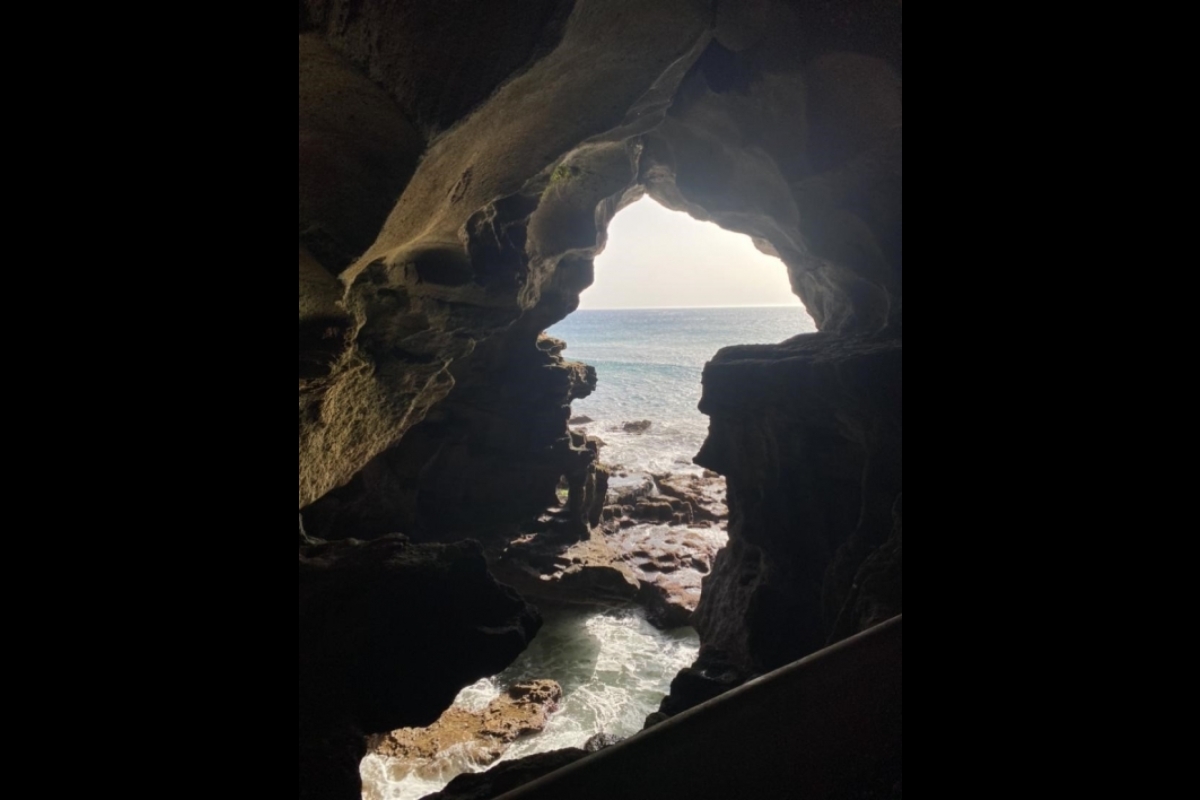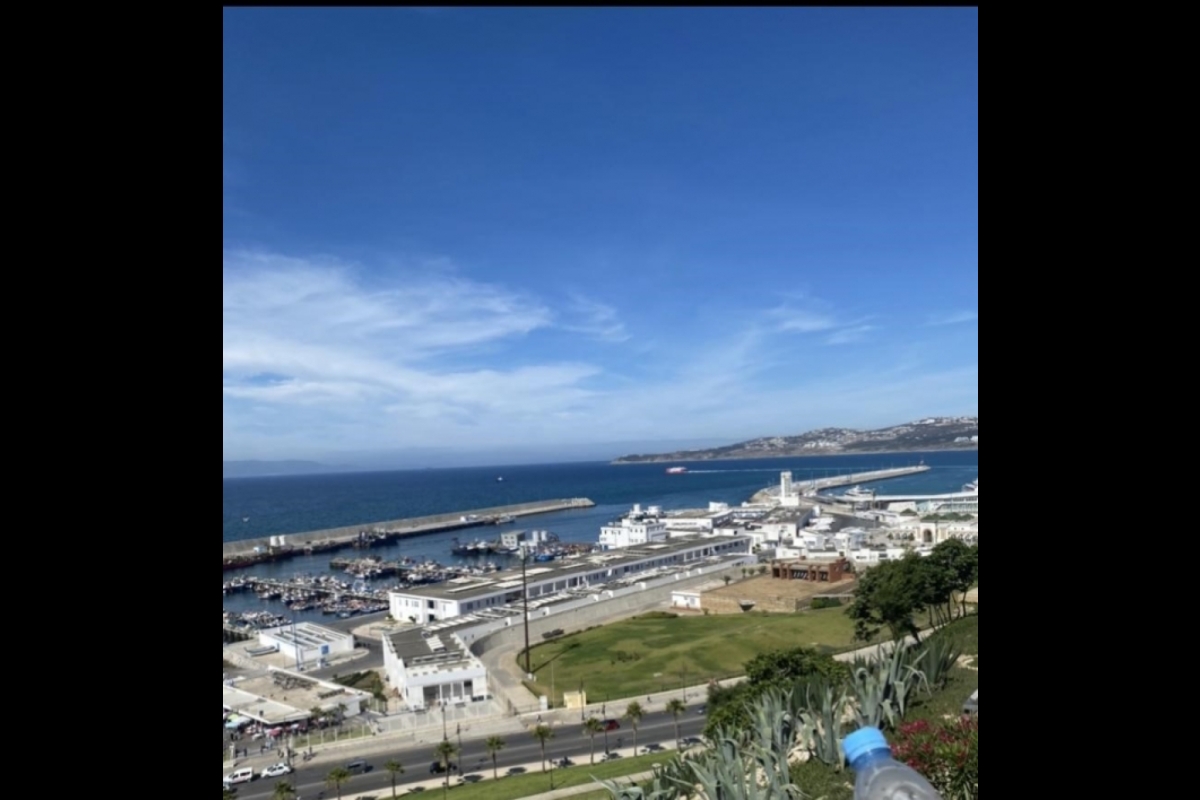ASU students take in Moroccan history, culture on summer study abroad trip
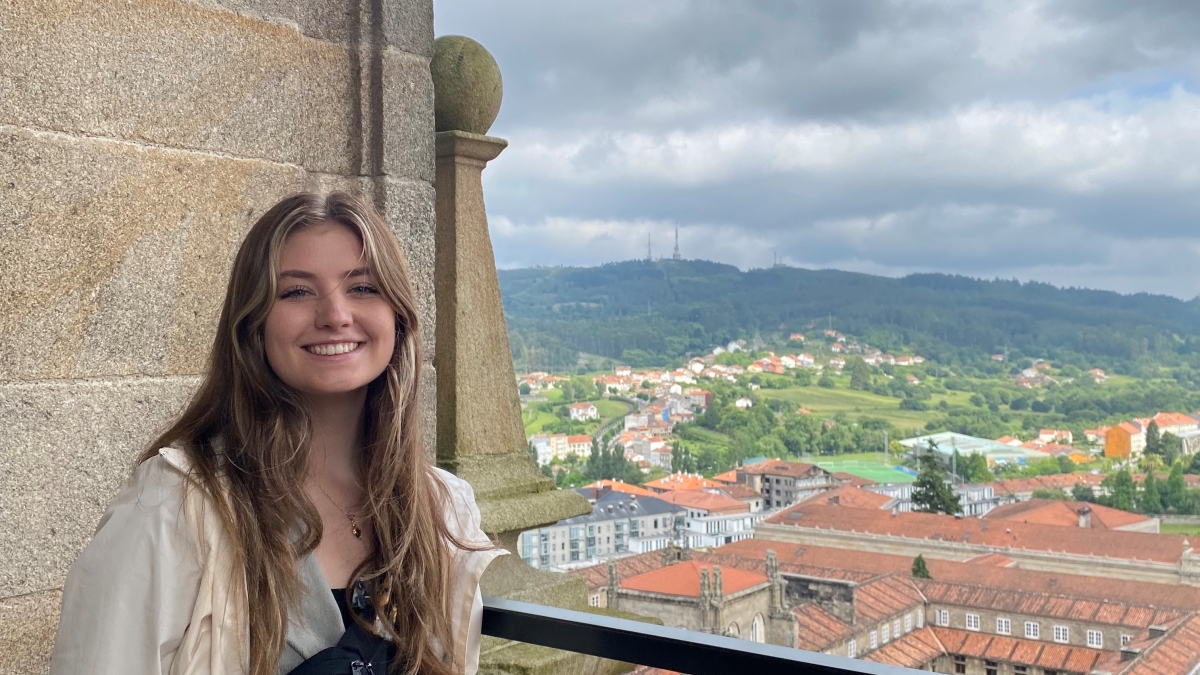
Kendall Flynn, a student in Barrett Honors College majoring in sports journalism, chronicled her travels on an honors study abroad trip this summer.
There’s more to Morocco than what you see in movies like “Casablanca.” The North African country has a long history and culture that is as colorful as the clay tiles made by its artisans.
Students from Barrett, The Honors College at Arizona State University experienced Morocco on the second leg of a 21-day study abroad program this summer that also took them to Spain.
The trip, titled “The Crossroads of Civilization: Barrett in Spain and Morocco,” was led by Honors Faculty Fellows Alex Trimble Young and Mathew Sandoval. Participants studied the art of performance in Spain and Western influences on Morocco.
Kendall Flynn, a sophomore majoring in sports journalism with a Spanish minor, documented the May 29–June 18 trip in travelogues. Her travelogue about the adventures she shared with fellow students in Spain is here.
This is the chronicle of her travels in Morocco on the second leg of the trip.
Editor's note: The following travelogue entries have been edited for length and clarity.
Travels in Morocco
When I initially joined the Spain and Morocco 2022 honors study abroad program, I didn’t know what to expect. I knew a lot about Spain, but I didn’t know much about Morocco. Before setting off, we had pre-departure homework that gave us insight into the history and culture of Morocco. We learned about the immense amount of Western influence that shaped Morocco into the country it is today. Morocco was influenced by Spain, France and the United States and recognizes Christianity, Islam and Judaism as the three most predominant religions among its citizens. I was interested in seeing if the Western influence, described by expatriates, was prominent while in Morocco and how its citizens demonstrate their unique culture.
First stop: Tangier
Our first stop in Morocco was Tangier, a city that Paul Bowles, one of the authors we were reading, lived in and wrote about. We visited the Medina, the old walled city of Tangier, and walked around the bustling marketplaces called souks.
On our second day in Tangier, we discussed “The Sheltering Sky” by Bowles and “A Moroccan in New York” by Youssouf Elalamy before taking a tour of Old Tangier. In class, we discussed the Western influence and the differing perceptions of Moroccans by outsiders and vice versa. At the beginning of the tour, we noticed Spanish architectural influences through the bright yellow buildings that lined the road. From the port, you can see the Iberian Peninsula, which demonstrated the proximity and easy accessibility of the Spanish to Morocco.
While in Tangier, we visited the American School of Tangier, which has been open since 1950 and teaches Moroccan students in grades 4–12. Our honors faculty director, Dr. (Alexander T.) Young, taught English there from 2007 to 2009 when he lived in Morocco.
We talked with Karim Benzekour, who works at AST, about the school and the opportunities it offers the students, one of which is a theater program. Among those who assisted with and influenced the theater program were playwright Tennessee Williams, author Paul Bowles and Joseph A. Phillips, an American who moved to Tangier in 1962 to teach at AST and served as the school’s headmaster for 37 years.
On our last day in Tangier, we went to the historic Cinema Rif and watched the film “Traitors” directed by Sean Gullette. Gullette created the film in unique ways including adapting the story to the actors, kinetic filming and portraying strong female characters. This film related closely to one of our readings called “Hope and Other Dangerous Pursuits,” giving us further insight into the emigration from Morocco and the role women play in Moroccan society.
My favorite part of the trip was when we visited the Hercules Caves and the Strait of Gibraltar. Not only were the caves beautiful, but the tide poured in through the opening into the cave, leaving a calming water echo throughout. We sat near the lighthouse by the strait as our tour guide Adnane explained the underwater currents that cause difficulties for ships. We went down to the beach to view the sunset. The sun set perfectly in the middle of the ocean as the tide crashed onto the beach. The wind blew the sand, unveiling small seashells all around. It was beautiful.
After our dream beach day, the reality of COVID-19 unfortunately struck our class. However, we were quickly able to get tested with the help of our faculty members and our tour guides Chaimae and Adnane. While we waited to get tested, four other students and I sang around a piano in the hotel lobby. It was the perfect way to ease our worries before the COVID test.
Second stop: Chefchaouen
After having to leave behind three of our party in Tangier because of COVID, we headed to the blue city of Chefchaouen. I was astonished. With almost every wall and staircase painted blue and flowers lining the windows, it almost felt like I was walking through the ocean. We walked up to the Spanish Mosque. From there, we could see the entire town, shining blue on the green mountain it sits on. I reflected on our time in Morocco so far and how beautiful it was. I realized the truth behind our readings about its natural beauty and diverse culture. Chefchaouen is unlike anywhere I’ve ever been, and being there was a once-in-a-lifetime opportunity.
Third stop: Fes
Fes is a medieval city in Morocco and was once the capital. While in Fes, we learned about the artisan culture that is crucial to the Moroccan economy. We visited and toured a Moroccan carpet shop, ceramic workshop and the leather district. The artisans pride themselves on the quality of their products, and by touring their facilities I could see the amount of time and effort that goes into their work. It was truly an eye-opening experience to see the artisan culture of Morocco. To give us insight into the religious and expatriate influence in Morocco, we talked with Professor Sadik Rddad of Mohamed Ben Abdellah University about the writings of Paul Bowles and how they are perceived in Morocco, along with the importance and diversity of spirituality among Moroccans.
Last stop: Marrakech
Marrakech was a further look into the handicraft and artisanal culture of Morocco, with souks lining the streets. We toured the Infinity Square, known in Arabic as Jemaa el-Fnaa — a common meeting place for Moroccans and home-to-street markets — along with the Madrasa Ben Youssef Quranic School, which houses hundreds of students. The school recently underwent a four-year renovation, which restored cedarwood throughout the school to its former glory. At night, some of my classmates and I traveled to the town square where we were met with musical circles, colorful lanterns, cotton candy and juice stands. We walked around, listening to the music and eating cotton candy. Juice stands lined the walkway back to our riad, which is a traditional Moroccan house usually built around an interior garden. We stopped into stand No.11, where we befriended the workers and took a photo with them.
Traveling to Morocco was something I never thought I would get to experience. Learning about the culture and its history enriched my experience there. Our readings aligned with our experiences, and I loved seeing Morocco’s unique culture through both Moroccan and American eyes. Studying abroad in Morocco was an experience I will have memories of for the rest of my life because of its atmosphere, the local friends we made, and the rich religious and artisanal culture we experienced there.
By Kendall Flynn, a Barrett, The Honors College student majoring in sports journalism in the Cronkite School of Journalism and Mass Communication.
More Local, national and global affairs

Department of State and ASU host Government Leaders Forum to strengthen semiconductor supply chains
By Emilia FrancoAs the global demand for semiconductors accelerates — with projections reaching $1 trillion by 2030 — Arizona…

Environmental writer, ER doctor address violence, climate change, more at sold-out ASU event
“The difficulty of understanding the consequences of heat is amplified by conventional notions of what it means to be hot. In pop…

Thunderbird at ASU, AUK student appointed as Ukraine’s deputy minister of education and science
Nadiia Kuzmychova, a student in the Master of Leadership and Management (MLM) program at Thunderbird School of Global…
